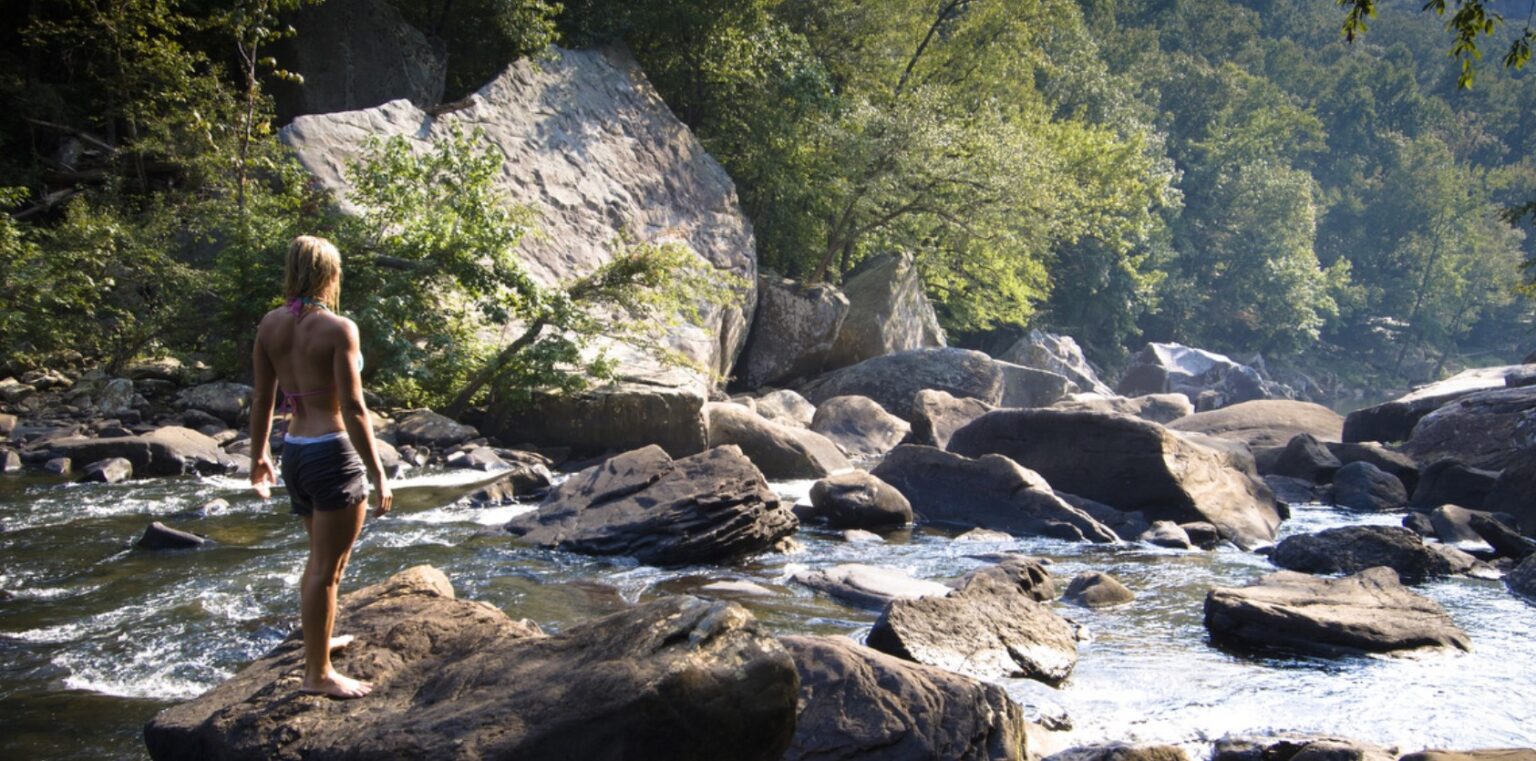Visiting the national parks of the United States offers a unique opportunity to experience some of the most breathtaking natural sights in the country. These parks are refuges of preserved beauty, providing a window into the diverse ecosystems and geological wonders that have been meticulously shaped over millennia. They stand as a testament to the diverse landscapes that paint the United States with a vibrant palette of natural colors and forms, inviting adventurers, naturalists, and anyone with an appreciation for nature’s grandeur to explore and immerse themselves in these extraordinary environments.
The Grand Canyon National Park: A Geological Marvel
The Awe-Inspiring Realm of the Grand Canyon
The Grand Canyon National Park in Arizona is undoubtedly one of the most iconic sights of the United States, leaving visitors awestruck by its immense size and vibrant hues. The Canyon stretches for over 277 miles, with depths that reach over a mile. Former President Theodore Roosevelt aptly described the Grand Canyon as a natural wonder that is unparalleled, emphasizing the importance of preserving its unspoiled beauty. Visitors can hike along the South Rim for panoramic views or venture into the Canyon on backcountry trails for an intimate encounter with this geological masterpiece.
Flora and Fauna of the Grand Canyon
Besides its geological significance, the Grand Canyon hosts a vibrant ecosystem. Flora ranges from desert shrubs in the lower elevations to lush Ponderosa pines at higher altitudes. The fauna is equally diverse, including species like the elusive bobcat, bighorn sheep, and the majestic California condor, which soars above the Canyon’s ridges. This dynamic blend of plant and animal life adds to the park’s status as a sanctuary for biodiversity.
Yellowstone National Park: A Glimpse into Earth’s Forces
The History and Wonder of Yellowstone
As the first national park not only in the United States but in the entire world, Yellowstone is a key sight of the United States that combines natural beauty with scientific intrigue. Spread across Wyoming, Montana, and Idaho, Yellowstone features over half of the world’s geysers, including the famous Old Faithful, whose eruption schedules attract spectators from across the globe. Visitors are presented with the rare opportunity to witness the earth’s geothermal activities up close, gaining insight into the forces shaping our planet.
Wildlife and the Circle of Life in Yellowstone
Yellowstone is often referred to as the Serengeti of North America due to its rich population of wildlife. Here, one might spot bison herds traversing the plains, grizzly bears foraging in the woods, or elk gracefully roaming the meadows. The presence of apex predators like wolves plays a crucial role in maintaining the park’s ecological balance, demonstrating nature’s intricate circle of life.
Yosemite National Park: Granite Giants and Cascading Waterfalls
The Majestic Landscape of Yosemite
Yosemite National Park in California is famous for its impressive granite cliffs, waterfalls, and giant sequoias. This park ranks high among the natural sights of the United States, offering unparalleled beauty that leaves an indelible impression on its visitors. The iconic El Capitan and Half Dome dominate the skyline, challenging climbers and inspiring artists, while Yosemite Falls, one of the tallest in North America, plunges gracefully, filling the valley with a powerful, thunderous roar.
Conserving the Wilderness of Yosemite
In Yosemite, conservation efforts focus on maintaining the park’s pristine environment and rich biodiversity. Efforts are made to protect habitats for species such as the Sierra Nevada red fox and maintain the fragile balance of alpine meadows. These conservation initiatives ensure that future generations can experience the untouched wilderness that has captivated visitors for generations.
Great Smoky Mountains National Park: Mountains of Mist
A Tapestry of Rich Biodiversity
Straddling the border between North Carolina and Tennessee, the Great Smoky Mountains National Park is renowned for its mist-shrouded mountain vistas and rich biodiversity. Designated as a UNESCO World Heritage site, it boasts an extraordinary variety of plant and animal life, from flowering shrubs like rhododendrons and azaleas to elusive black bears and diverse bird species, adding to its reputation as one of the most intriguing sights of the United States.
Cultural Heritage in the Smokies
Beyond its natural wonders, the Great Smoky Mountains offer insight into the cultural history of Appalachian settlers. Visitors can explore preserved homesteads, mills, and churches, gaining an understanding of the region’s heritage. These cultural landmarks highlight the human history intertwined with the natural landscape, creating a cohesive story of the Smokies.
Acadia National Park: Atlantic Coast Marvels
Exploring the Rugged Coastline of Acadia
Located on the coast of Maine, Acadia National Park showcases the rugged beauty of the Atlantic coast. Visitors can explore rocky shorelines, dense forests, and granite peaks, such as Cadillac Mountain, the highest point on the eastern seaboard. The juxtaposition of forest and coastline offers dramatic views, making Acadia one of the cherished sights of the United States. The autumn is particularly captivating, with fall foliage painting the landscape in vibrant hues.
Discovering Marine and Inland Ecosystems
Acadia’s unique location allows for diverse ecosystems, from tide pools teeming with marine life to tranquil woodlands peppered with lakes and streams. The park is a sanctuary for sea birds like puffins and eagles, and visitors might even catch sight of harbor seals basking in the sun. Exploring Acadia offers an intimate connection with the natural rhythms of both land and sea.
Conclusion: Preserving the Natural Heritage
The national parks of the United States are more than just geographical landmarks; they are treasured natural sights that encapsulate the country’s environmental and cultural heritage. As visitors journey through these iconic parks, they are not only witnesses to nature’s splendor but also participants in the ongoing effort to preserve these landscapes for future generations. It is this commitment to conservation that will ensure that the incredible sights of the United States remain as awe-inspiring tomorrow as they are today.

